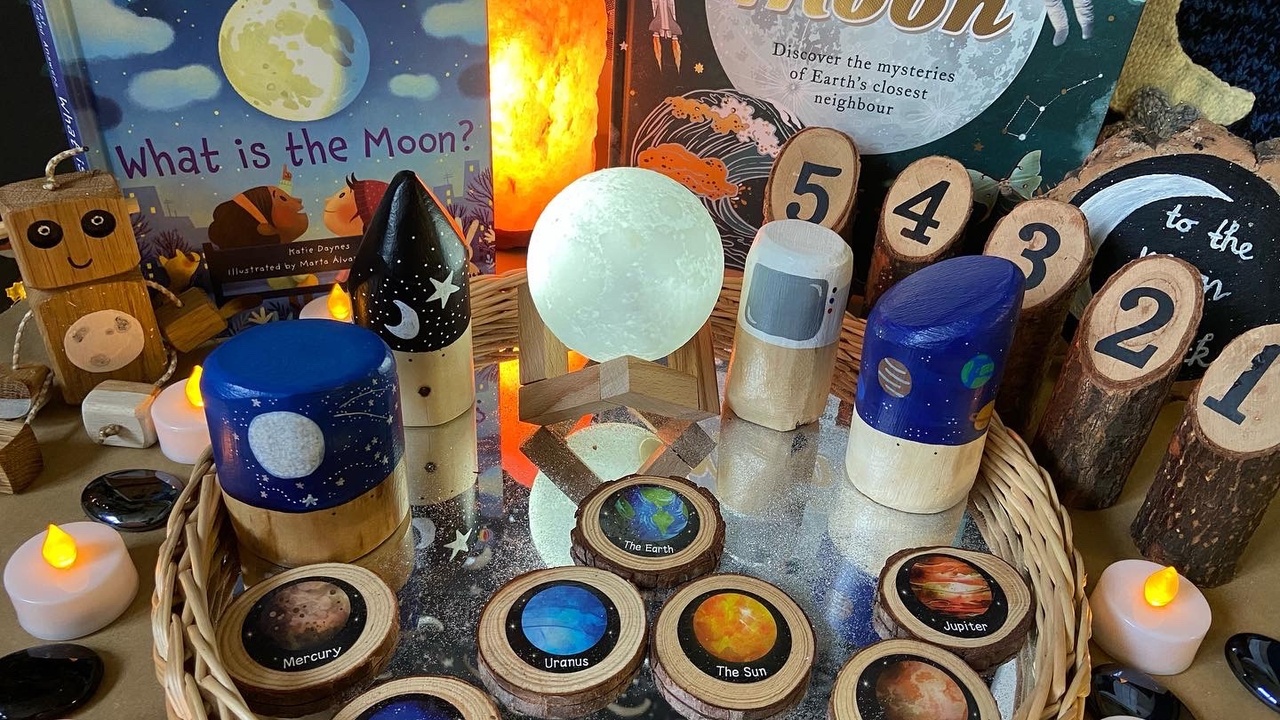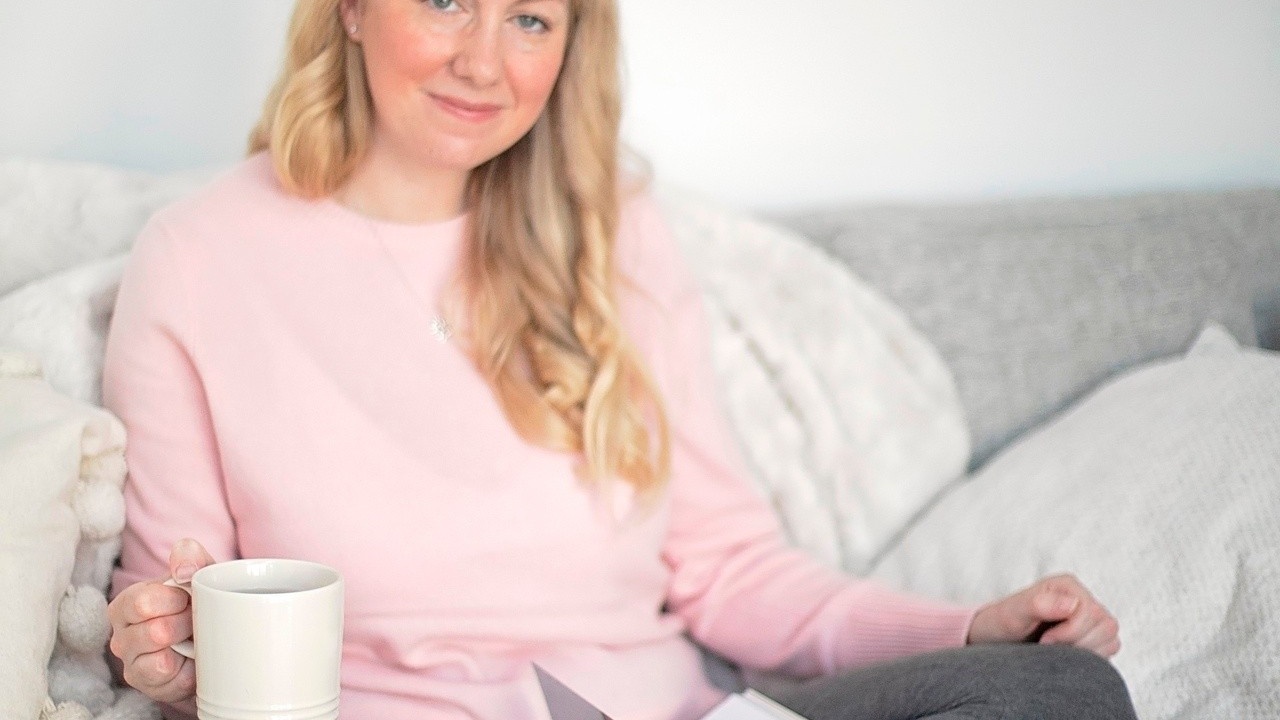Blog
“Strive to make everyday the best day of your life, because there is no good reason not to.” Hal Elrod
Hygge Travelling with Babies and Toddlers

When travelling with a baby or toddler it can feel very far from hygge and calm. Since having Oliver we’ve done quite a few trips from taking a one hour flight to Denmark to a crazy 11 hour flight to Vancouver. These flights have mostly ran smoothly for us and we've avoided any screen time too. After each journey we've taken the time to reflect after each one to think about what we've learnt from each one when it comes to travelling with a little one. So after lots of requests I want to share with you how you can not just survive a flight with a baby or toddler but actually enjoy it and find some calmness too.

Preparation before the holiday for toddlers
Try and book a flight time where possible that is around nap time. If you can choose your seat before the flight we like to go near the front if its a shorter budget flight. This is so we're first of the plane and onto the airport bus to the terminal (helping to get a seat on the bus otherwise it can be tricky juggling a baby/todd...
Baby and Toddler Nature Books

Let’s inspire our babies and toddlers to be nature lovers and explores.
We are now known as the indoor generation with most families spending 98% of their days indoors.
It makes me so sad to think that so many babies and toddlers are experiencing less and less time in nature and miss out on the opportunities to move, explore and be free in the outdoors.
Time to day dream and dawdle (something toddlers love to do as they make sense of the world) are rushed through. Little chats together about the ladybird that was spotted on the walk to nursery are going.
Busy schedules, long car journeys and screens have often replaced these moments we used to spend outdoors.
If we’re not careful we will create a generation who have grown up being observers of nature without actually experiencing it first hand for themselves. Only ever seeing nature on a tv screen, a VR head set or tablet.
As a parent I want my child to live life and not just view it through the filtered lense of someone else...
I have always rushed with everything in life

I am a childminder based in north Lincolnshire. I started up in 2019 with a vision of colour and brightness, I loved Grimms and was obsessed with babipur I’ve always been a wooden type of mum for my own children. More substantial and eco friendly. I had toy kitchens , loads of kallax units, toy garages you name it we had it - all wooden mind. It just was very bland. I came across hygge on social media also the curiosity approach too so I was in too kinda which to do. I chose hygge as it was a life style aswell not just for my business but for my family life aswell and at the end of the day my business and family came together.
Before setting.
I started with the wanderlust program which I absolutely loved. We spent more time outside foraging and making mobiles out of sticks and flowers we have found. We made nature crowns and I found the children were so much more content being outside more, collecting greenery and making their own creations rather than me having s...
Responsive Planning

How do we slow down our planning and also plan our environment responsively?
This is something I share the exact steps to do in my slow planning guide availablehere.
Below Abbie shares an example from her setting.
As the evenings have become darker, we have been sitting outside having our evening snack under the stars, our children have been fascinated by the moon!
We created this provocation around the moon and space, our children came straight in to explore which we then extended on further.. Our children commented that it is dark in the night sky, so we added a thin blanket across this area to create a really cosy den with our fairy lights. Our indoor lighting is rarely used as our fairy lights and resources soften the atmosphere and really encourage awe and wonder for our children. 
I could really see this provocation enhancing children's learning and slowing down their play to become more present and really learn about their world.

Our role as an adult is to show inte...
Feeling the pressure to maintain outstanding!

Fluffy Ducks Childcare : Our Hygee Journey
My name is Rhonda and I am a registered childminder based in Lancashire. I have been registered 21 years and have achieved Ofsted outstanding in my last two inspections. Whilst achieving this grading came with happiness for all my hard work, it unfortunately came with consequences. Pressure to maintain this, to be more like a nursery. To spend every minute of the day focusing on “What can we do now”, endless paperwork and planning. Expectations that I had created for myself. Gradually over the last 2years this has taken away my passion for my job, it has left me feeling my home is not my home, undervalued for what I do and dreading each day as it came.

Last year I found the Hygee accreditation through Facebook. The more I looked into this, the more I felt I needed to change, even if that meant changing how I work, the look of a nursery setting, losing my grading on my next inspection. I needed my business to become an extension of my ho...
Hygge Case Study "Our planning across the school was based on pre-planned ‘topics’ which were the same every year"

"We are a local authority school with 215 children on roll. We are in the process of transitioning from an Infant to a Primary and Nursery School and currently have Nursery (3-4 year olds) to Year 4. There is a high social deprivation rate and a high proportion of our children are eligible for Pupil Premium funding.
Before
We were first drawn to the concept of ‘Hygge’ and how the course could benefit us during the first COVID lockdown in 2020. The school was open for a small number of pupils, vulnerable children and those with key worker parents. Our Early Years resources were old and tatty. Our classrooms cluttered and not respected or taken care of. Our children (and adults!) were in a mindset of a replaceable, throw away culture. Our planning across the school was based on pre-planned ’topics’ which were the same every year and followed themes such as ‘Superheroes’ or ‘Under the Sea’ – leaving no room for learning that half term to take a different route – everyth
...Leaving Primary Teaching

Everyone says my Hygge journey but it really is a journey and mine started after similar circumstances to Kimberly. I was a primary school teacher working in the nursery department. I then left to become a childminder in my own home which enabled me to establish my own ethos and environment.

I had completed the Wonderlust course during the first Lockdown with my own children and wanted to build up my confidence again so that I could be the best for the children so I began the accreditation.
As a parent of a child with additional needs I wanted to be able to work with the children individually and follow their interests but also inspire them with new experiences so that they would learn at their own pace. For me the pandemic had some positives and one of these was that we often spent time outside appreciating the small things helping us to rebalance so that was where I started.
I am always evaluating, seeing what works and what doesn’t and so through the conferences and the modules...
Make time for rest!

4 months of having Oliver and I just love our precious time together so much. He’s at a wonderful stage of starting to roll and showing so much curiosity in the world around him. I feel so incredibly happy but gosh in all honesty I don’t think I’ve ever felt so exhausted!
From the broken nights sleep with the 4 month sleep regression and two tiny troublesome teeth coming through (so soon!) it can be tough and there are days when my brain can feel a little foggy. I found myself putting the washing in the fridge yesterday!?
Lately I’ve been finding that I’ve been using every possible nap time as an opportunity to ‘get things done’. From packaging orders to running around the house with the duster. I’ve realised that I’ve forgotten the importance of rest for me.
It’s hard isn’t it when you want to be productive and are so used to feeling organised and efficient. Yet I know that for me to be the best for Oliver (and the rest of my family (🧔♂️🐱🐱) I need to apply my own oxygen...
No time to set up the environment each day?

You struggle to find the time to set up the environment each day and find that you lack consistency in the resources available to the children?
Using my Continuous Provision Audit tool you can invest time now in getting your every day environment set up just right! Using my tick list guide for each area to make sure you have all the essential resources to allow for child led learning.
You will be able to use the exact tool that I used to create an Ofsted judged outstanding learning environment.
You can also be inspired with photos showing you how you might set up each area. For example your tinkering space would have the following resources:
- Safety glasses
- Toolbox
- Trays with inserts
- Screw drivers
- Tape measure
- Small pliers
- Clipboards
- Pencils
- Items to deconstruct: Old and broken laptops, computers, sewing machines, video & CD players, phones, fans, clocks, microwaves, toasters and other kitchen appliances, heaters, fans, bikes, push & pull toys, battery operated toys (Risk...
Struggling with your to do list?

Are you struggling with your to do list? You need a results list instead!
I have created a vision board
I have included space to create this list daily in my hygge journal available here





